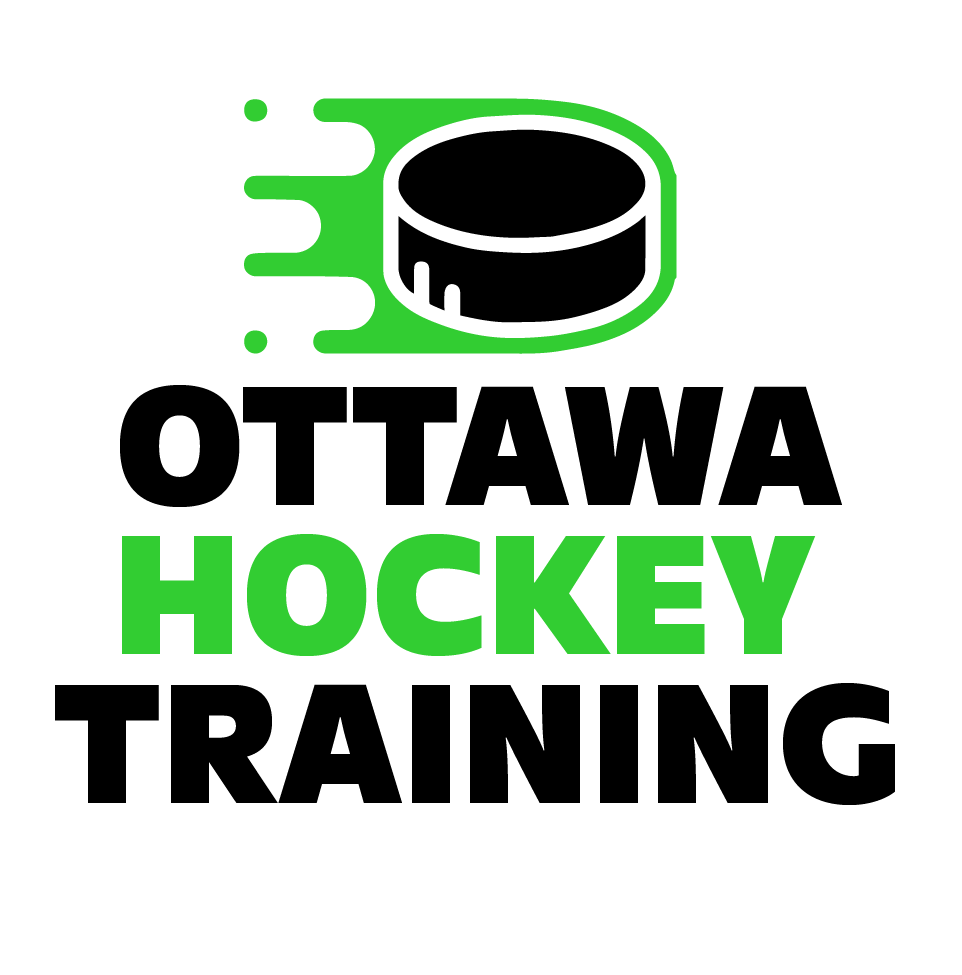Rebound Control
All goalies have likely heard from coaches that they need to work on their rebound control at some point. But is redirecting the puck into the corner always the most suitable option for every scenario?
Let’s face it, it is impossible for a goaltender to control their rebounds on every shot which they face. For this reason, coaches need to have a discussion around efficiency with their goaltenders.
Goalie Army Academy has you covered with useful rebound control tips and tricks to help goalies make the right choices for every game situation you’ll face.
Advanced Statistics On Goalies
 Advanced statistics are making their place known at the professional hockey levels. Therefore, it’s only a matter of time before goaltender secrets and weaknesses become more apparent to the opposition, and the general public.
Advanced statistics are making their place known at the professional hockey levels. Therefore, it’s only a matter of time before goaltender secrets and weaknesses become more apparent to the opposition, and the general public.
Currently, limited goalie statistics at the professional level outline where shots are being taken from, where goals are being scored from, the amount of saves a goalie has to make, their saves average, goals against, and which areas of the net, saves, and goals are hitting.
Although informative, there’s plenty of wiggle room for improvement with goalie statistics. One area in particular which would be beneficial to examine further to aid in goaltender development is rebound control. Not only would this aid goaltenders in their training, but tracking rebound control would be mutually beneficial to teams in order to analyze and set up their own action plans for their upcoming games.
Building Efficient Goalies
Many coaches stress the importance of rebound control, but little is actually done at the minor hockey levels to ensure that goaltenders are training in effective ways to promote rebound control efficiency in their creases. And some of the exercises that we’re seeing today may actually be counterproductive to goalies.
Smart Sticks vs. Active Sticks
Unfortunately for goaltenders (and their development), a concerning observation of an upward trend which has goaltenders whacking at pucks with their stick after the initial save, may be doing goalies more harm than good. Despite not having any advanced statistics to provide us with factual evidence at the professional level confirming that poking the puck back into play results in creating additional scoring chances for the opposition, it is safe to say that the theory that poking away a puck is less helpful than pulling it back in order to freeze it, thus stopping the play completely.
Breaking It Down
 Theory suggests that by freezing the puck, the goaltender’s team has an opportunity to change lines in order to get fresh legs onto the ice (if needed), and possibly regain possession of the puck at the faceoff. Doing so will also limit the opposition from obtaining a scoring opportunity on the play.
Theory suggests that by freezing the puck, the goaltender’s team has an opportunity to change lines in order to get fresh legs onto the ice (if needed), and possibly regain possession of the puck at the faceoff. Doing so will also limit the opposition from obtaining a scoring opportunity on the play.
Theory also suggests that by reaching out with the stick in order to poke the puck away and back into play, that the goaltender:
- Will remove the blade of their stick from its proper position between their skates (standing position), or knees (when in the butterfly position)
- Will drop the shoulder of the blocker side by fully extending the arm in order to have the blade of the stick reach the puck. This exposes a larger hole over the goaltender’s shoulder to the shooter
- May increase the chance for the opposition to regain puck possession resulting in an additional scoring chance at a close range.
Going Forward
It is apparent that there are more pros than cons when it comes to freezing the puck versus putting it back into play. To learn more about becoming an efficient goaltender and the R3E System, join us during our various training options.

Leave a Reply